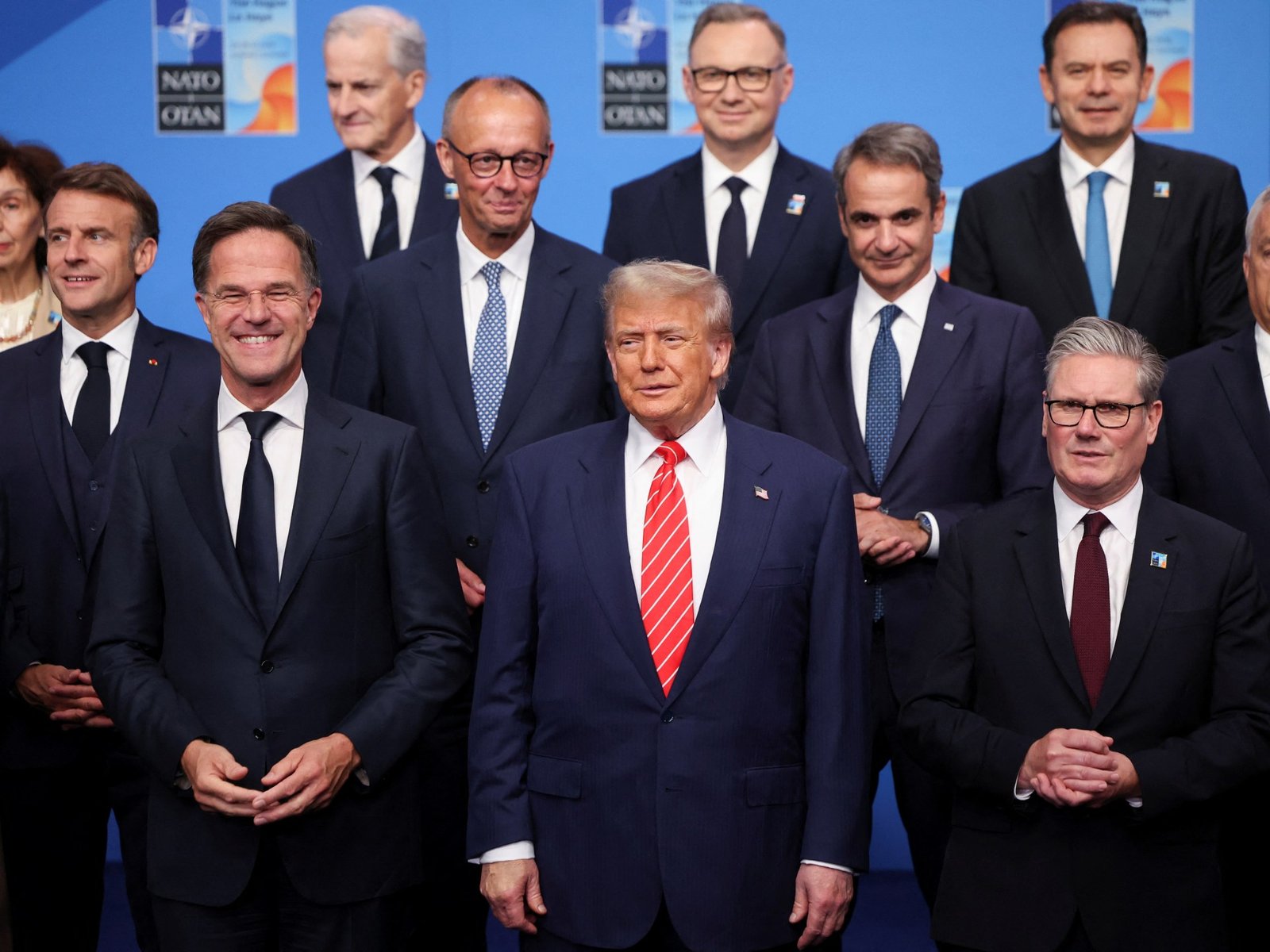In a significant development at the recent NATO summit held in The Hague, leaders finalized an agreement to enhance defense spending following two days of intense discussions on Tuesday and Wednesday.
Central to the discussions was a substantial new defense spending goal advocated by US President Donald Trump, urging NATO allies to allocate 5 percent of their GDP towards core defense and security initiatives.
This ambitious target, to be reached over the next decade, marks a substantial increase from the current objective of 2 percent, translating to an additional expenditure of hundreds of billions of dollars annually.
Which Nations Currently Meet the 2 Percent Benchmark?
Back in 2006, NATO defense ministers agreed on a commitment for each member to spend a minimum of 2 percent of their GDP on defense. However, compliance has been low. The annexation of Crimea by Russia in 2014 prompted a renewed commitment, with member states agreeing to meet the 2 percent target by 2024 during the NATO summit in Wales.
As of now, 23 out of 32 member nations have met this target, with NATO collectively spending 2.61 percent of its combined GDP on defense last year.
Leading the charge in defense expenditure is Poland, dedicating 4.1 percent of its GDP, followed closely by Estonia and the United States at 3.4 percent each, Latvia at 3.2 percent, and Greece at 3.1 percent.
NATO nations sharing borders with Russia, including Estonia and Lithuania, have notably increased their defense budgets, rising from less than 1 percent of GDP just a decade ago.
Interestingly, the United States is the only NATO country to show a decrease in defense spending as a percentage of GDP since 2014.
Understanding the New 5 Percent Target
The 5 percent GDP target comprises two components:
- 3.5 percent earmarked for direct defense expenditure, such as military personnel and equipment.
- 1.5 percent dedicated to broader defense and security initiatives, which include improving crucial infrastructure such as roads, ports, airfields, military vehicles, cybersecurity measures, and enhancements to energy pipeline protection.
This uptick in NATO defense spending is largely a response to perceived threats from Russia, particularly following the ongoing conflict in Ukraine.
Mark Rutte, NATO’s Secretary General and former Prime Minister of the Netherlands, labeled Russia as “the most significant and direct threat” facing the alliance.
NATO members are expected to reach this new target by 2035, with a review set for 2029.

Where Will the Financing Come From?
NATO member nations will need to determine where they will source the additional funds required to meet the new defense spending goals.
Rutte mentioned that rising threats from Russia make it straightforward for members to agree on increasing the defense budget to 5 percent of GDP.
However, UK ministers have yet to specify how they will find the necessary funding for defense enhancements. Meanwhile, the European Union is permitting member states to raise their defense spending by 1.5 percent of GDP annually for four years before any penalties apply if national deficits exceed 3 percent of GDP.
Additionally, EU ministers have approved a €150 billion ($174 billion) arms fund aimed at providing loans for collaborative defense projects within member states.
When the question of NATO members committing to the 5 percent target arose, President Trump remarked, “I think they should. We’ve been supporting NATO for so long, often paying nearly the entirety of the costs.”
How Does Increased Defense Spending Compare to Other Areas?
Raising defense expenditures necessitates reallocating funds, which can put pressure on essential sectors like healthcare and education unless governments either expand their budgets or find new revenue sources.
At present, none of NATO’s 32 members allocates more to defense than to healthcare or education. However, should the new 5 percent defense spending target be realized, 21 countries currently investing less than 5 percent in education may end up spending more on military than on education.
The following table compares the budget allocations of NATO nations, highlighting the balance between defense spending and expenditures on healthcare and education.

